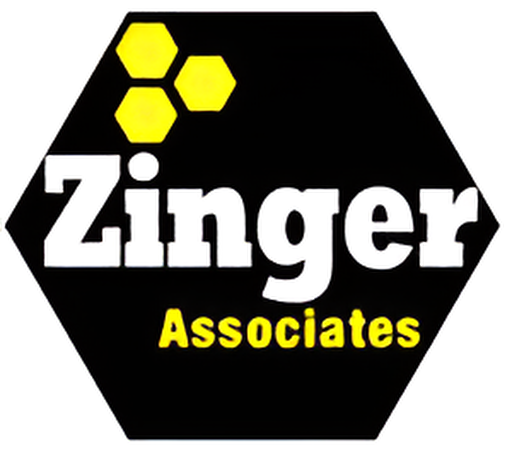An Invitation to Leap
Are you planning to make a significant personal or professional change? Perhaps you are considering a new project, a new job, or a new relationship. Are you mired in the steps you must take or endless listing of all the the pros and cons of the change? Do you feel ready to fly but you […]
Extending Invitations
Extending Invitations Last week I purged all the books from my bookshelf, I threw out all my workshop notes and articles, and I deleted 1800 blog posts and 1400 images (everything) from my website. I wanted to begin with an ending for a beginning I do not yet fully understand. I ask for your patience […]
Deleted but certainly not Depleted
I have taken the next radical step in my purge of the past. It feels freeing, enthralling and edgy. I went into my website at www.davidzinger.com that I started on November 11, 2005. I proceeded this morning to delete every blog post I wrote — a total of 1836 posts on engagement and strength based […]
Feeling Like Rembrandt: Living in the Midst of a Transition
At 69, I have gone through many transitions in my life and I currently find myself in a new one. For the last three days I have been throwing out tons of files and articles related to my work and I have purged my shelves of almost all of my work-related books. Whenever I do […]
